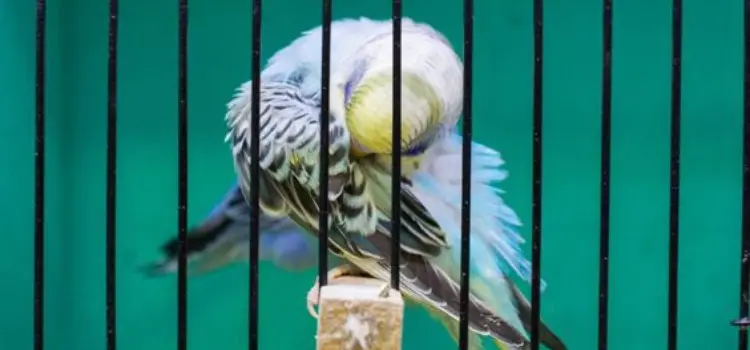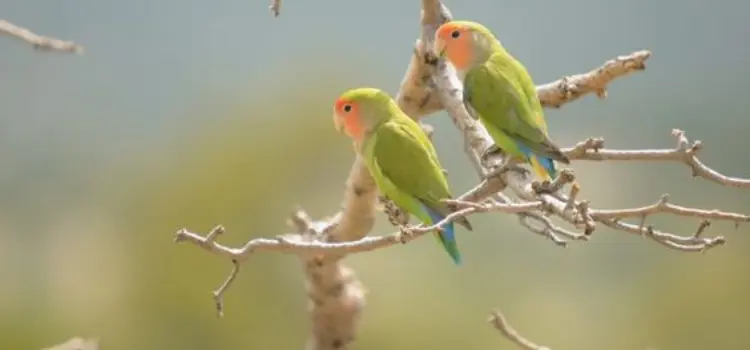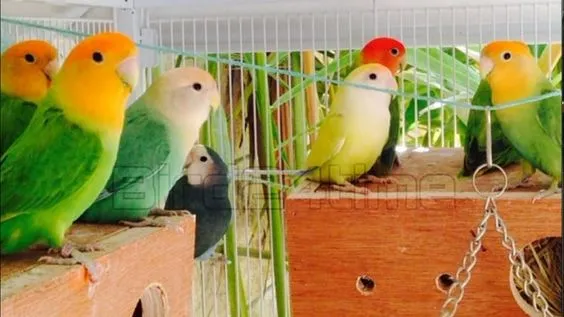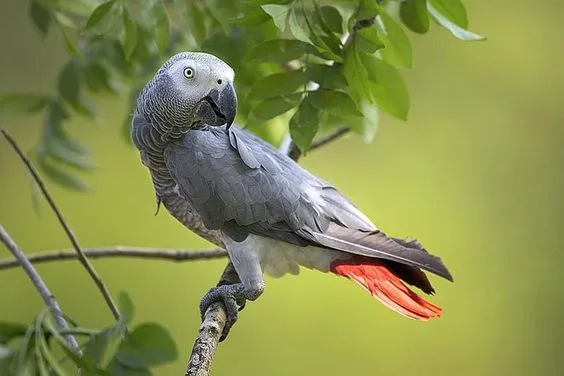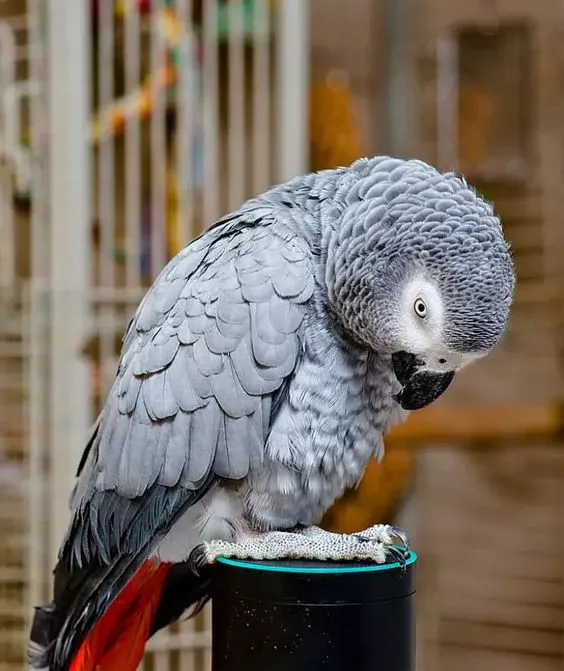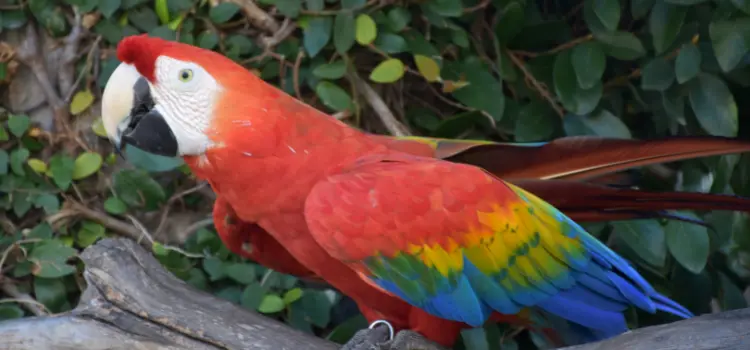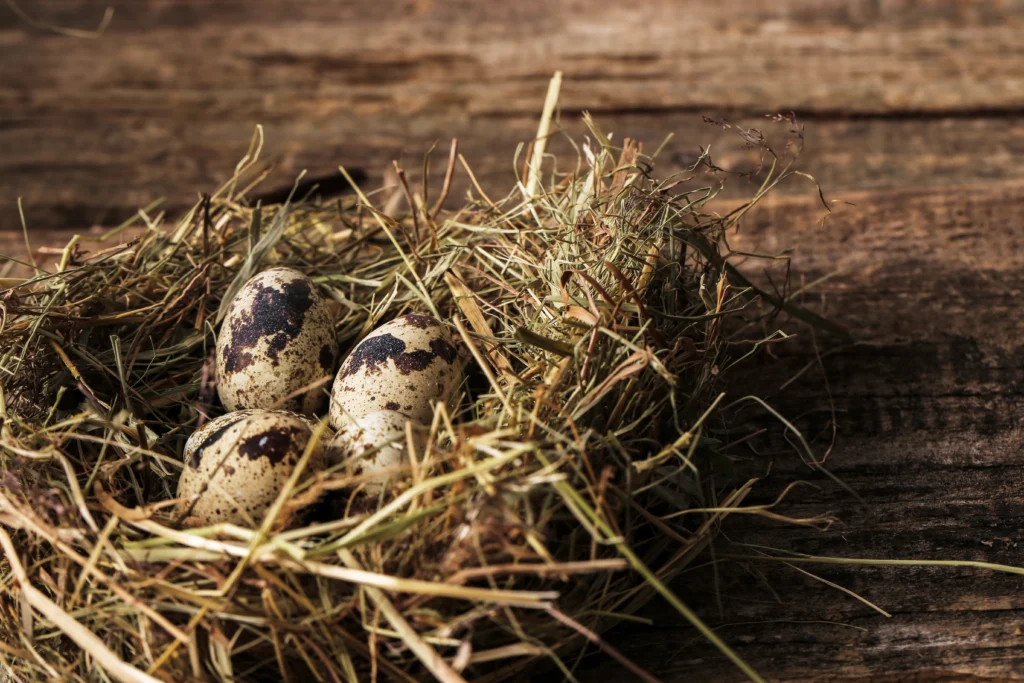Ants in Your Bird Cage
Ants, with their incredibly varied and intricate ways, are a fascinating part of the natural world. With over 12,000 species worldwide, each of them goes about their lives in unique ways. They play a crucial role in shaping ecosystems by dispersing seeds, pruning vegetation, and controlling insect populations. In fact, the world’s entire ant population probably outweighs humans by as much as 12 to one.
Can Ants Harm Your Pet Bird?
The impact of ants on your pet bird depends on the ant species. Some ants, like Southern fire ants, can be aggressive and pose a threat to nestlings. However, it’s uncommon for these species to invade homes. Argentine ants, the ones most commonly found in homes across Southern California and the United States, are less likely to harm pet birds.
Will Birds Eat Ants?
While there are birds that do eat ants, they are not typically kept as pet birds. Most ants have a sour taste and are generally avoided by many predators, including birds.
Ants in the Home
Although there are thousands of ant species worldwide, only a handful regularly invade human dwellings. Most ants live outdoors in underground nests, but scouts are always on the lookout for food to feed their young. When they discover food or water, the scout ant picks up a sample and lays down an odor trail back to the nest. This chemical trail guides other nest mates to the source, reinforcing it with their own chemicals.
Preventing Ant Invasions
The best defense against ant invasions is to secure your home. Seal holes and cracks in walls, especially around plumbing and windows, using a silicone caulk gun. You can temporarily block holes with petroleum jelly or glue or even squirt undiluted dish soap into breaches. Additionally, create barriers using substances like powdered charcoal, cayenne pepper, or diatomaceous earth, which ants find irritating.
For added protection, place honey jars and pet dishes in bowls of water to create a moat around them. Adding a drop or two of dish soap to the water makes it even more effective. You can isolate bird cages and other pet enclosures in a similar manner. Remember to change the water frequently to keep ant scouts at bay.
Household products like window cleaners, furniture polish, or soapy water can be used to kill ants on contact. Soapy water works by clogging their breathing pores and eliminating their scent trails. Citrus peels in water or citrus/mint oil are also effective.
Effective Ant Nest Destruction
To deal effectively with household ants, it’s crucial to locate and destroy their nests. Drowning ants in their nests with water may provide temporary control, but their bodies are waterproof, and they may return. A more effective method is to flood the nest with water, causing the worker ants and brood to emerge. Then, douse them with soapy water or a solution of blended water and citrus fruit peels.
Keeping Ants Away from Garbage
Ants are often attracted to garbage cans. To prevent them from wandering into your home, keep garbage cans away from your house. Additionally, consider planting peppermint and tansy, as these plants may help deter ants and add beauty to your property.
Controlling Ants in Trees
Ants with a “sweet tooth” are commonly found on trees infested with aphids and related insects that produce honeydew. To get rid of these ants and aphids, prune the tree so it only touches the ground at its base. Wrap the trunk with double-sided masking tape or apply products like Stickem and Tanglefoot. Monitor the barrier to ensure ants don’t find their way across.
Using Bait for Ant Control
The most effective way to control ants is to use bait that attracts them. Look for baits with ingredients that ants find appealing, like fats or sweets, laced with a slow-acting toxin. This toxin allows the ant to return it to the nest and share it with its nestmates, ultimately targeting the queen. Boric acid is a good choice for a slow-acting toxin. Ensure that pets are kept away from ant baits and pesticides.
Learning to Coexist with Ants
It’s essential to remember that not all ants are pests, and eliminating them entirely may not be desirable. Outdoors, ants play a crucial role in controlling small insects and maintaining the ecosystem. They help aerate the soil, spread seeds, and even protect against termites.
To manage ant problems effectively, get to know their behavior and habits. Avoid disturbing ant trails until you can trace them back to the nest. Additionally, resist the urge to use insecticide sprays, as they can have unintended consequences.
Ants
All ants in the world are highly social, living in colonies of hundreds to millions of individuals. Each colony consists of overlapping generations of ants that work together to care for the queen, find food, expand the nest, and protect the colony.
Ants undergo complete metamorphosis, transitioning through four distinct stages: egg, larva, pupa, and adult. There are different size classes among worker ants, with smaller workers focusing on tasks inside the nest, medium-sized workers foraging for food, and the largest workers, known as soldiers, defending the colony.
In early spring and summer, winged males and females leave the nest on their nuptial flight. After mating, the queen establishes a new colony. Only queens can lay viable eggs, and the fertilization status of the eggs determines whether they become queens or sterile workers.
Types of Household Ants
Several types of ants are commonly encountered in households:
Argentine Ants (Linepythema humile)
The most common household ant in the southern United States, known for their large colonies and attraction to sweet substances.

Odorous House Ant (Tapinoma sessile)
Known for emitting a coconut-like odor when crushed, they tend to invade homes late in the summer.
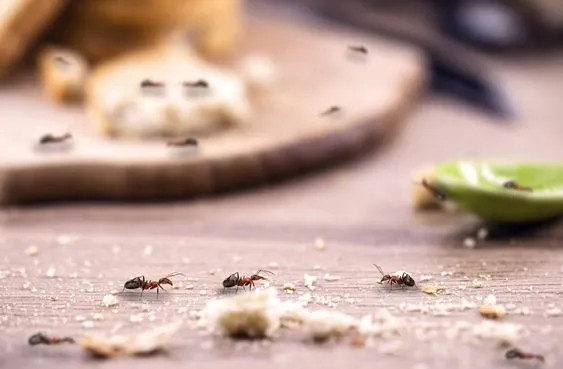
Pavement Ant (Tetramorium caespitum)
Slightly larger than Argentine ants, they nest under stones and along curbs, foraging for greasy and sweet foods.
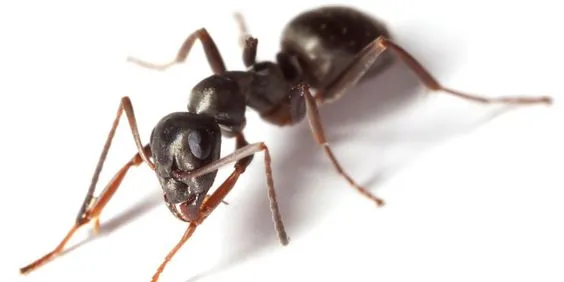
Pharaoh Ants (Monomorium pharaonis)
Small and cosmopolitan, they are found worldwide and often establish nests inside buildings where foods are handled and stored.
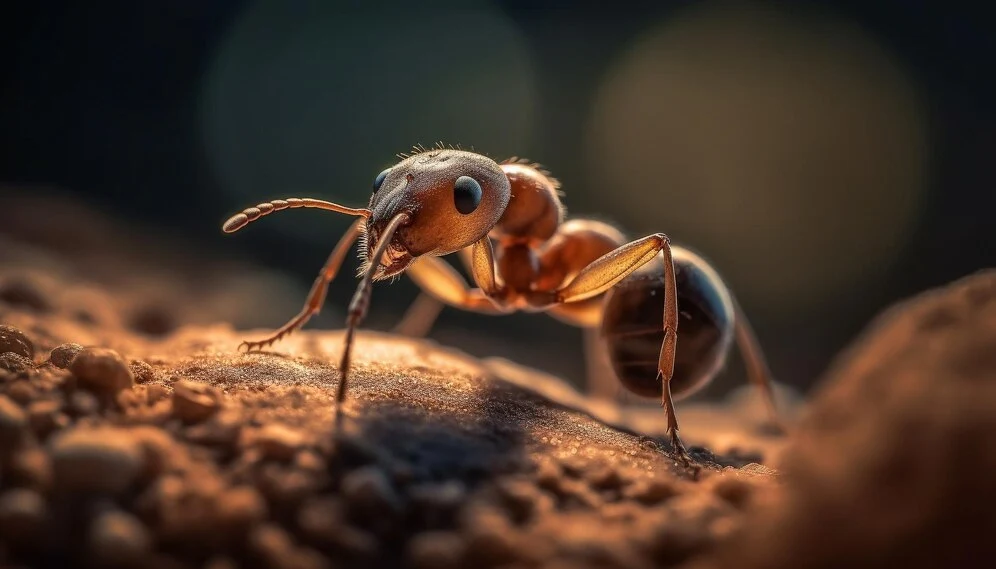
Thief Ants (Solenopsis molesta)
Tiny ants that search for items with high-fat or protein content, making them difficult to keep out of homes.
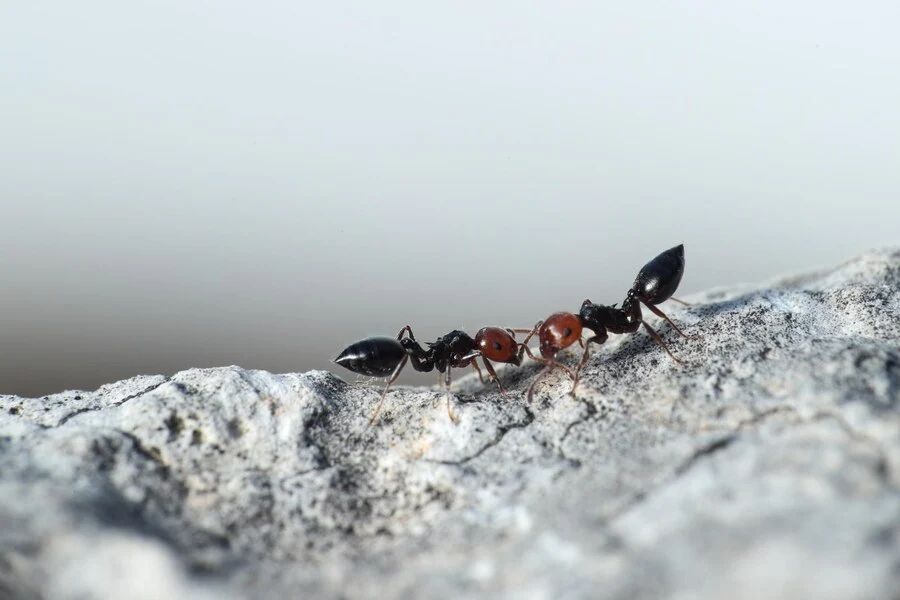
Conclusion
In conclusion, understanding ant behavior and implementing effective prevention and control measures can help you coexist peacefully with ants while ensuring the safety and well-being of your pet birds.

